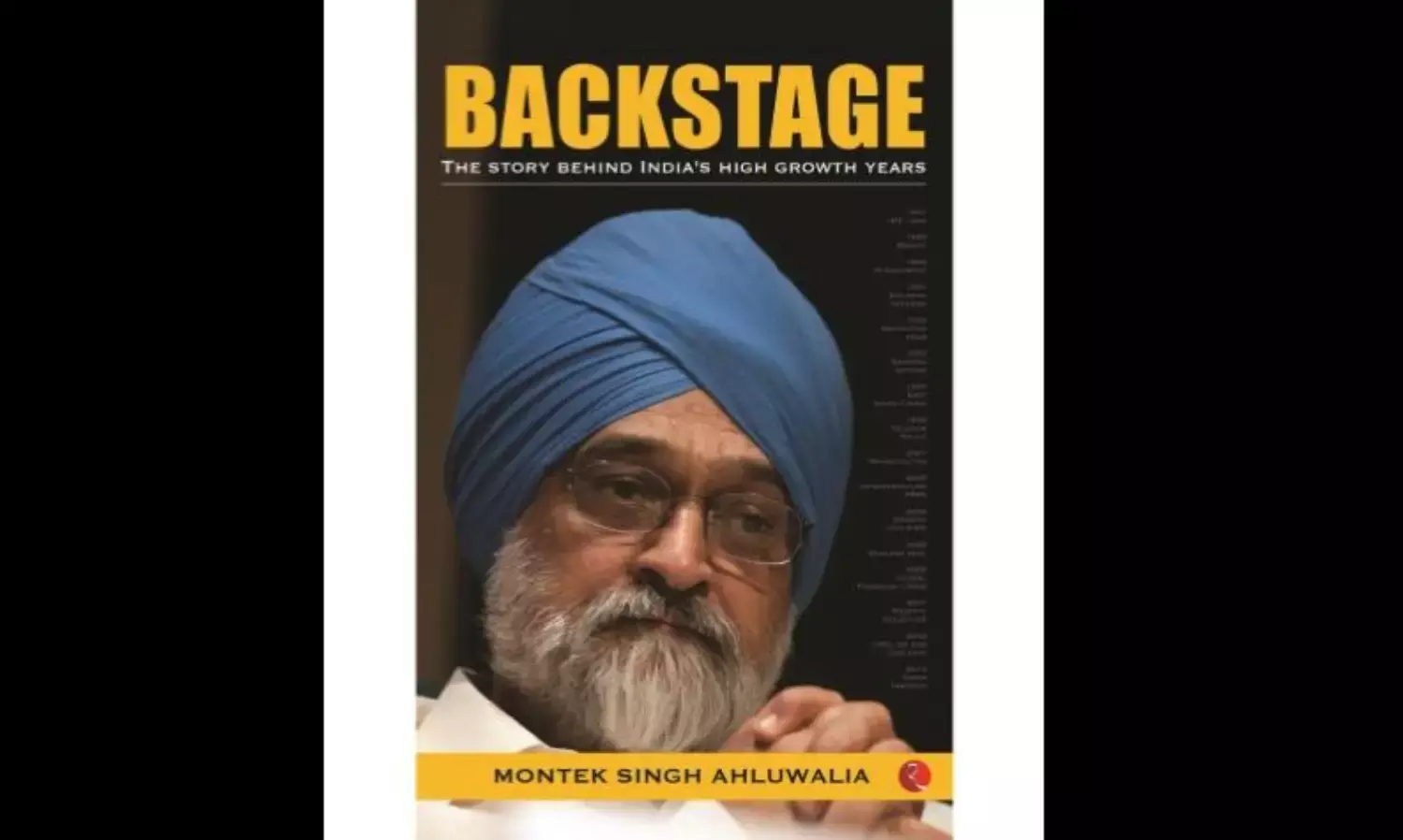Backstage by Montek Ahluwalia, A Book that Won't Ask Why
The narrator journeys on, with the reader left behind

‘The book is not a memoir,’ declares Montek Singh Ahluwalia in his recently published book Backstage: The Story Behind India’s High Growth Years. Describing memoirs as ‘selfies in book form’, this book is more of a travelogue through India’s journey of economic reforms.
It takes the reader into Ahluwalia’s formative years, especially at St Stephen’s College, shedding light on the socioeconomic strata from whence he came. The second part describes his time working for the World Bank (from 1968) as well as Indira Gandhi’s reign, and the balance of payments crisis of 1990.
Third it discusses the erstwhile Planning Commission, political fragmentation in India, and the role of the World Bank and IMF in liberalising the Indian economy. The last part recalls the UPA coalition, the ‘end of nuclear apartheid’, and provides a deeper view of the Planning Commission’s work.
Towards the end the author reveals how his wife Isher Judge Ahluwalia would remind him often not to wind up writing an economics textbook or government white paper. The initial chapters certainly do justice to this endeavour, as the reader, without losing themself in jargon, can literally imagine the life of the young Montek, his growing years, choices and deliberations.
Towards the middle, however, the book is inundated with technical stories, the hurdles of bureaucratese, unexplained terms: a sense of the obsolete. Unfortunately the effect of personal connection the reader had cherished, begins to wane.
The book incorporates a firm reference structure however, referring to several other economists and their competencies. The work of David Engerman, Anne Krueger, Jagdish Bhagwati, Padma Desai, T.N. Srinivasan, Ezra Vogel and Deng Xiaoping is neatly referenced, endowing the study with context and historicity.
Yet, in the apparently diplomatic tone, focused analysis and factual detailing, the missing standpoint is abundantly clear. No defence = no offence. Smart narrative, indeed.
What really confronts the reader, especially those without the right sort of knowledge or wisdom, is the palpable absence of ‘Why’.
When the economic episodes of India’s growing years are discussed, they are found missing a raison d’être. And the intense bombardment of names, of economists, politicians, bureaucrats and Left activists, gains speed from the second part itself, leaving little room for context.
For example, on page 8, Ahluwalia mentions that a few students left college in the 1970s to join the Naxalbari movement—why? There is no analysis, no falsifiable hypothesis, no search for motivations.
A little later he says that the ‘rate of [economic] growth itself was low’ in India, which partly explains the absence of growth trickling down to the poor. But the context is only feebly touched upon.
Ahluwalia explains that capitalism in India suffered a major faultline, especially during the Licence Raj, with only a few families controlling large industrial empires with few equity stakes. Why? asks the reader, and the silence remains.
The assassination of Indira Gandhi is highlighted, along with Manmohan Singh’s apology as prime minister for the pogrom that followed against the Sikhs, but the author’s personal ideology is not allowed to intervene.
Yes, there are the challenges his family faced, the fear and dread they lived in. Yes, Arun Shourie, a good friend, helped. But what about Montek himself? How did the communal attacks scar him? Why did they occur at all?
The debate between modernisation and development has become an integral part of university economics. Herbert Spencer’s ideas of ‘social Darwinism’, and other such notions long ago created and used by Euro-US colonialists to explain their violent crimes, remain in play.
Yet in Ahluwalia’s discussion of the IMF and World Bank, organisations that have been the torchbearers of neoliberalism, with a traumatic impact on Third World countries, there is no judgment, critique or even criticism.
In similar vein, the discussion of agricultural reforms under the first UPA government (UPA 2 is only briefly discussed) contains not a single mention of suicides by farmers or their effect on the agrarian crisis in India.
The Congress administration’s implementation of Aadhar is factually detailed but not explained. Any assessment of its impact, given how the author’s economics pedigree encompasses several countries, remains lacking. A description of how the party dealt with corruption is also added in, but as an episode in the administration’s history, a chronicle rather than a learning experience.
No critique is offered of the Congress or the Planning Commission, barring the bureaucratic challenges it posed. Why?
On the subsequent NDA governments, the assessment is that the period 2014–19 began with a bang and ended with a whimper. Further critical analysis of demonetisation and GST would have added to the merit of the book.
Backstage is not an easy read, though it does feel as though Montek Singh Ahluwalia spilled his heart and soul (as diplomatically as possible) into the finer trajectories of India’s economic history. Yet the journey seems singular. The narrator journeys on, while the reader was left behind, long back.
Perhaps government officials, consultants, those with the right economic acumen should consider it essential reading. It will definitely speak more to them and better.
Backstage: The Story Behind India’s High Growth Years is published by Rupa Publications India, 2020



